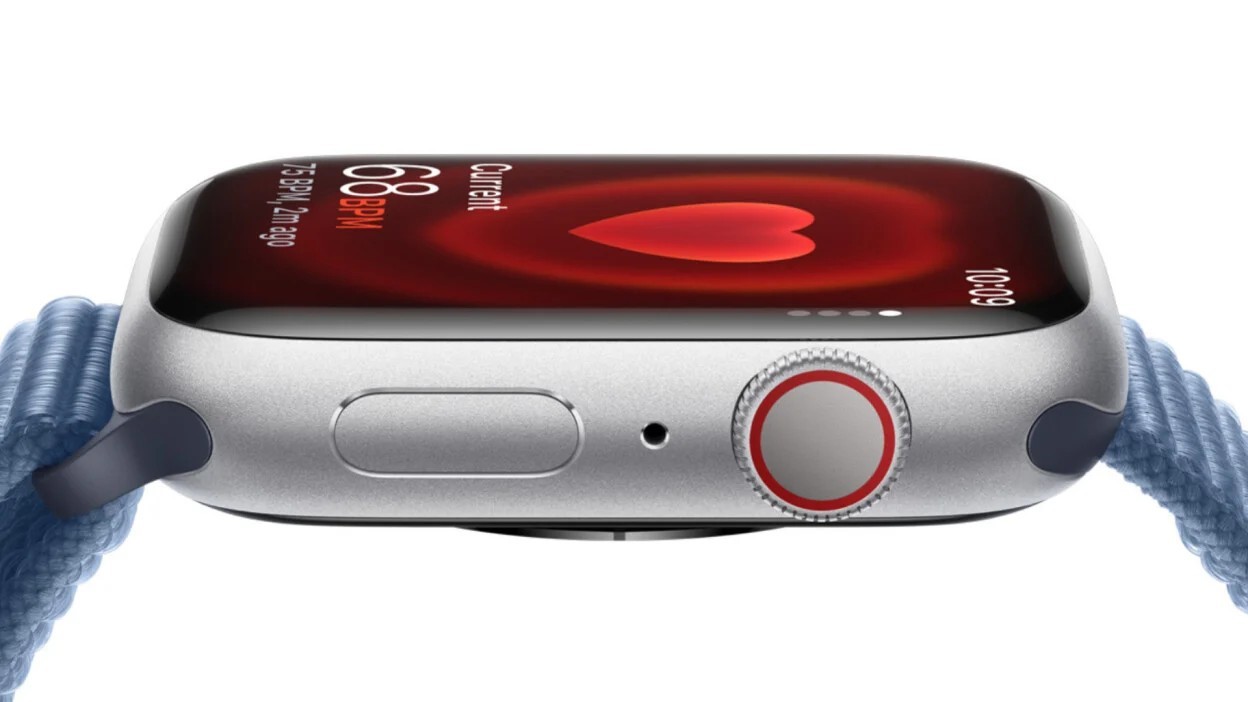An international team of researchers has developed a strategy that can fundamentally change the methods of cell therapy. Scientists have demonstrated how signaling molecules can control the fate of induced pluripotent human stem cells (iPSCs), returning them to a more "youthful" and flexible state — critical for successful use in medicine.
The key objective of this study was to study the effect of the Wnt/β-catenin signaling pathway on iPSC behavior. This pathway has long been considered one of the central ones in stem cell biology, but previous experiments have yielded contradictory results. In some cases, activation of Wnt signals helped to keep cells in an undifferentiated state, while in others, on the contrary, it triggered their development. The authors of the study explained this paradox by the contextual dependence of the cellular response: the same molecules can cause different reactions depending on the current state of the cell.
Special attention was paid to the difference between two key phases: "naive" and "primed". In the first case, the cells retain maximum plasticity, high proliferative activity, and the ability to transform into almost any type of tissue. In the second case, they are already partially programmed and less manageable in therapeutic scenarios.
The team found that the NME7AB molecule is able to stably keep cells in a naive state. These cells retained two active X chromosomes (in the case of female samples), showed a high level of beta-catenin activity, and did not go into spontaneous differentiation. If necessary, they were effectively transformed into neurons, hepatocytes, or mesenchymal cells.
Additional experiments with already primed cells confirmed the contrast of reactions: the WNT3A molecule activating the same signaling pathway caused some cells to return to the flexible state, while others triggered the differentiation process. This discovery eliminates previous contradictions in the scientific literature and creates the basis for precise control of cellular fate.
The results of the experiments were particularly convincing: neurons obtained from cells grown with NME7AB produced more dopamine; mesenchymal cells intensively divided and formed bone, cartilage and adipose tissue; hepatocytes showed full metabolic activity-they processed fats, accumulated glycogen and disposed of ammonia.
These data create prerequisites for a qualitative leap in the field of regenerative medicine. The use of cells that are in a naive state can improve the accuracy and effectiveness of therapy in the treatment of diseases of the central nervous system, liver, bones and joints. The next step will be a detailed study of the molecular mechanisms that determine whether the cell retains flexibility or starts the path of specialization. The researchers also plan to test the effects of different concentrations of signaling molecules on individual cell populations in order to maximize the controllability of cellular processes in clinical practice.













